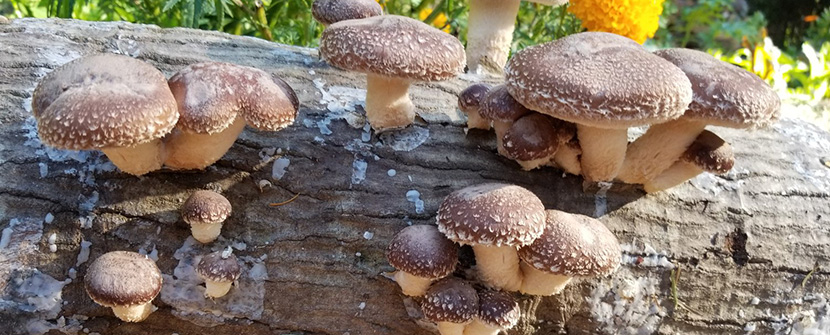
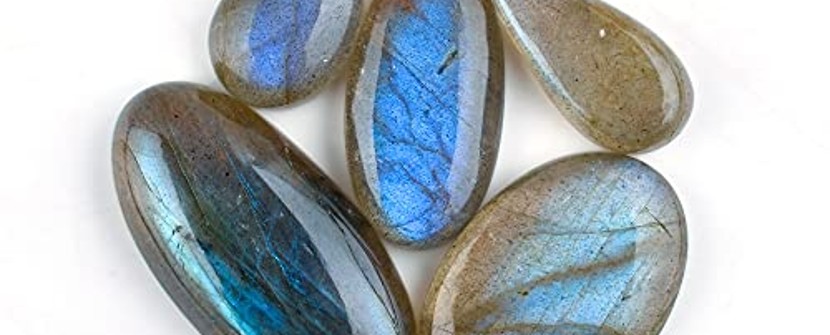

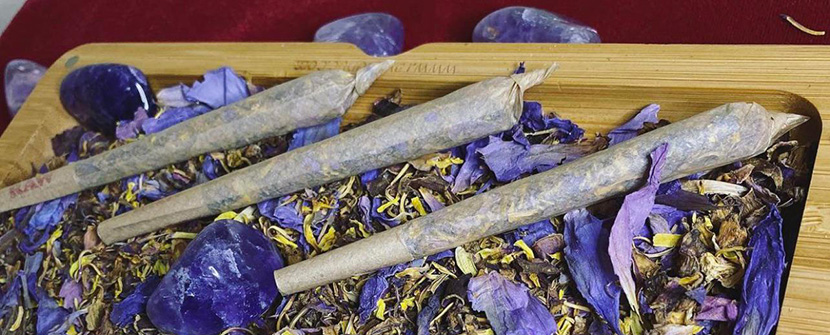
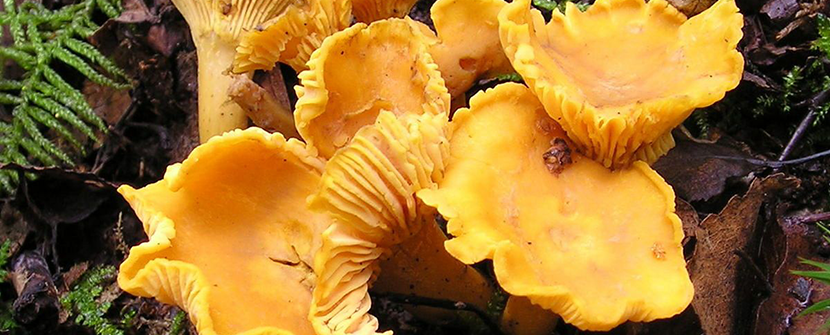
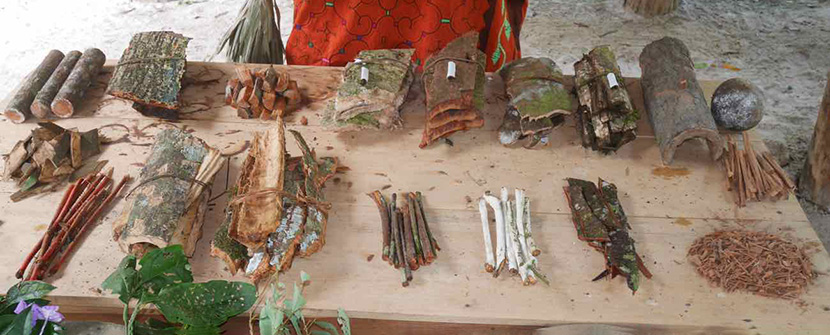


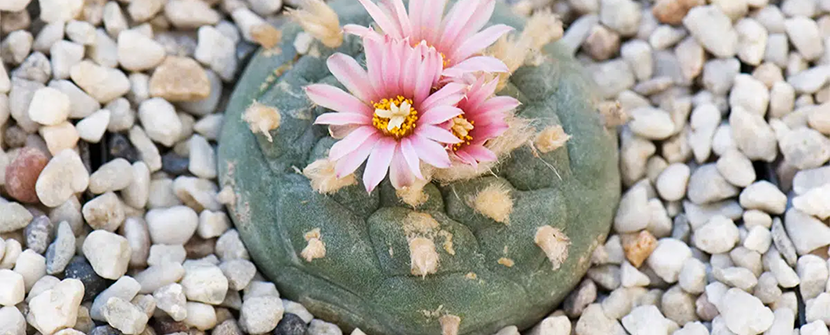

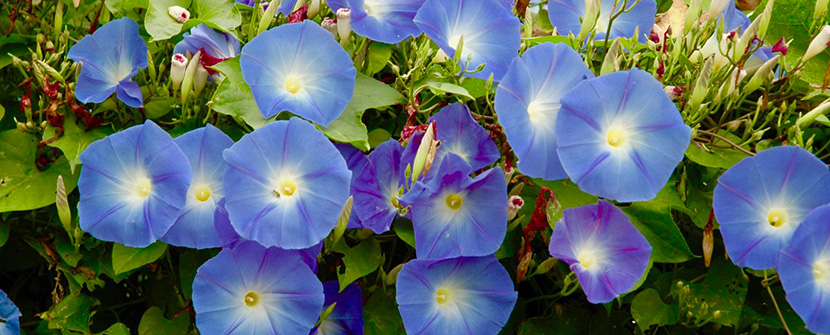
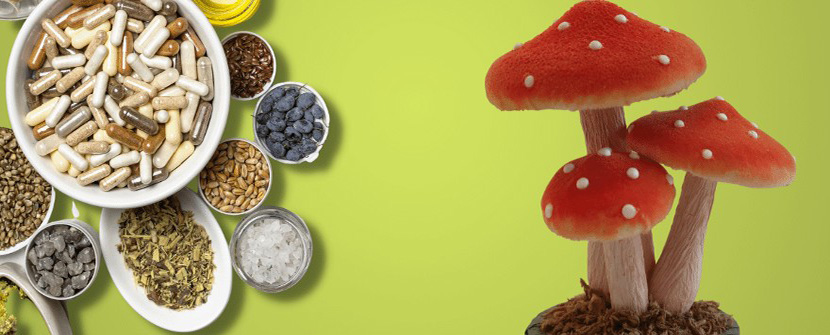
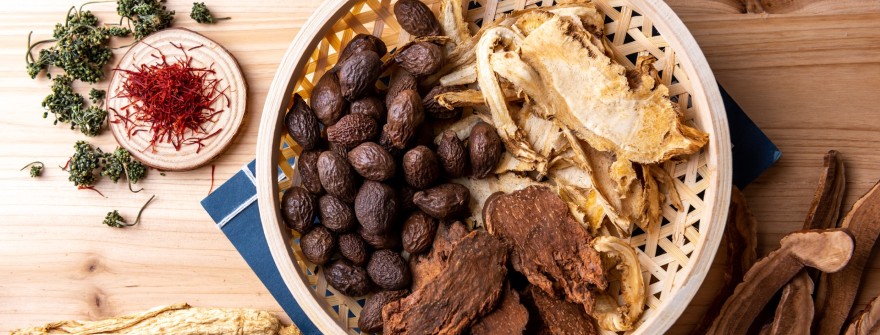

Mushrooms Boost Health for Women
Hey ladies! Are you ready to tap into the amazing world of functional mushrooms? These natural powerhouses have been buzzing in the health and wellness community, and for a good reason! Today, we're going to spill the beans on how functional mushrooms can target the specific needs of women over 50, helping you maintain a vibrant and energetic lifestyle. So, buckle up and get ready to discover your secret health boost!
- Recharge Your Energy with Cordyceps: As we age, it's common to experience a decline in energy levels. But fret not! Cordyceps, a unique functional mushroom, is here to save the day. Known for its energizing properties, cordyceps helps combat fatigue and supports physical performance. Whether you're hitting the gym or simply want an energy pick-me-up, this mushroom is your new best friend!
- Boost Your Brain Health with Lion's Mane: Do you ever find yourself misplacing your keys or struggling to recall a word? Lion's Mane, another fantastic functional mushroom, has got your back. This mushroom is known to support cognitive function, memory, and overall brain health. Say hello to mental clarity and bid farewell to those pesky "senior moments"!
- Strengthen Your Immune System with Reishi: As we age, maintaining a robust immune system becomes even more crucial. Enter Reishi, the "queen" of functional mushrooms. With its powerful immune-boosting properties, Reishi can help fortify your body's defense system, keeping those unwanted bugs at bay. Enjoy your golden years with vitality and vigor!
- Balance Hormones with Chaga: Ladies, we all know that hormonal imbalances can wreak havoc on our well-being. But fear not, Chaga is here to lend a helping hand. This functional mushroom is rich in antioxidants and may assist in balancing hormones, reducing inflammation, and promoting overall hormonal harmony. It's time to embrace your age gracefully!
- Nourish Your Bones with Shiitake: Bone health becomes a top priority as we age, and Shiitake mushrooms are here to provide the necessary support. Packed with essential nutrients like vitamin D, calcium, and magnesium, Shiitake mushrooms can contribute to bone strength and help reduce the risk of osteoporosis. Stand tall, ladies!
- Elevate Your Mood with Maitake: Maintaining a positive mindset is crucial for overall well-being. Maitake mushrooms, known for their adaptogenic properties, may help support a healthy stress response and promote emotional well-being. Let the good vibes flow!
Now that you know the superpowers of these functional mushrooms, you might be wondering how to incorporate them into your daily routine. Fear not, for there are various ways to enjoy these marvelous fungi. You can find them as supplements, powders, teas, or even incorporate them into delicious recipes. Get creative and explore the flavors and benefits these mushrooms have to offer!
However, it's important to remember that functional mushrooms are not a magic cure-all. They are best enjoyed as part of a balanced and healthy lifestyle, including regular exercise, a nutrient-rich diet, and good sleep hygiene.
So, ladies over 50, it's time to embrace the power of functional mushrooms and give yourself the health boost you deserve. Recharge, energize, and thrive as you continue to shine brightly in this beautiful chapter of life. Let the mushrooms work their magic and unlock the best version of you!
Disclaimer: Before incorporating functional mushrooms into your routine, it's always a good idea to consult with a healthcare professional, especially if you have underlying health conditions or are taking medications.
Note: The information provided in this blog is for informational purposes only and should not be considered as medical advice.


